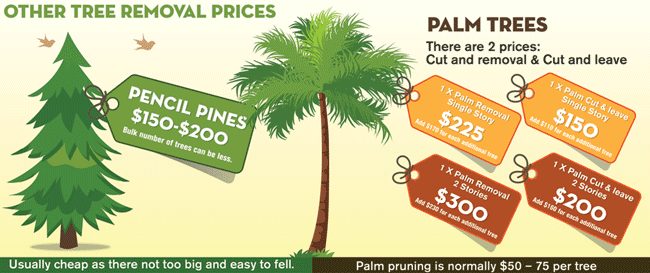Post-Tree Removal Treatment Plays A Significant Duty In Landscape Repair; Discover Essential Actions To Boost Your Environments And Mitigate Future Issues
Post-Tree Removal Treatment Plays A Significant Duty In Landscape Repair; Discover Essential Actions To Boost Your Environments And Mitigate Future Issues
Blog Article
Material Composed By-Langley Als
After a tree's removal, your landscape might look quite different, and it's necessary to analyze the aftermath carefully. You'll wish to review the soil disturbance and inspect bordering plants for any indications of stress. Disregarding these factors can result in bigger problems down the line. So, what should you do with those stumps and origins? And how do you pick the best plants for your revitalized room? Allow's explore Tree Trimming Services .
Analyzing the Consequences: Evaluating Your Landscape
After a tree elimination, it's important to examine your landscape to comprehend the influence it has on your lawn.
Beginning by analyzing the location where the tree stood. Seek signs of dirt disturbance, and check the surrounding plants for any stress and anxiety or damage.
You ought to additionally take note of how the elimination has altered sunshine direct exposure and air flow in your garden. This shift can influence the development of close-by plants, so it's vital to assess their health.
Take into consideration the aesthetic elements also; the removal may develop an open space that you can redesign.
Finally, think of any type of potential erosion problems that could develop from the tree's lack. Attending to these elements early will assist recover equilibrium to your landscape.
Taking care of Stumps and Roots: Choices for Elimination
When you've evaluated the aftermath of the tree elimination, you'll likely need to deal with the stump and roots left.
You have a couple of options for elimination. One efficient technique is stump grinding, where an expert utilizes a device to grind the stump down to below ground degree. This approach leaves marginal disturbance to your landscape.
If you prefer a do it yourself technique, you can utilize a mix of digging and chemical stump cleaners. Just keep in mind, this procedure can take some time and effort.
Additionally, think about leaving the stump as an all-natural feature, which can act as an unique yard element or habitat for wild animals.
Whatever you choose, resolving the stump and origins is necessary for restoring your landscape.
Picking the Right Plant Kingdoms for Your New Area
As you analyze your recently cleared space, choosing the right plants can dramatically enhance your landscape's beauty and performance.
Start by thinking about the sunshine and soil problems. For bright locations, select drought-resistant plants like lavender or succulents. In shaded mouse click the following post , ferns and hostas thrive well.
Think of the dimension and growth habits of your plants; mix perennials and annuals for seasonal selection. Don't forget to incorporate native varieties; they require much less upkeep and support neighborhood wildlife.
Team plants in odd numbers for a much more all-natural look and develop layers for aesthetic deepness.
Ultimately, ensure you have a mix of colors and structures to keep your landscape vivid throughout the periods.
Delighted growing!
Final thought
Finally, restoring your landscape after tree elimination is a gratifying process. By examining the consequences, attending to stumps and origins, and choosing the right plants, you'll create a growing environment. Do not forget to include disintegration control steps to secure your dirt. With a little effort and treatment, you can transform your space into a vibrant yard that enhances your residential property. Accept the possibility to renew your landscape and delight in the beauty of nature right in your backyard!
